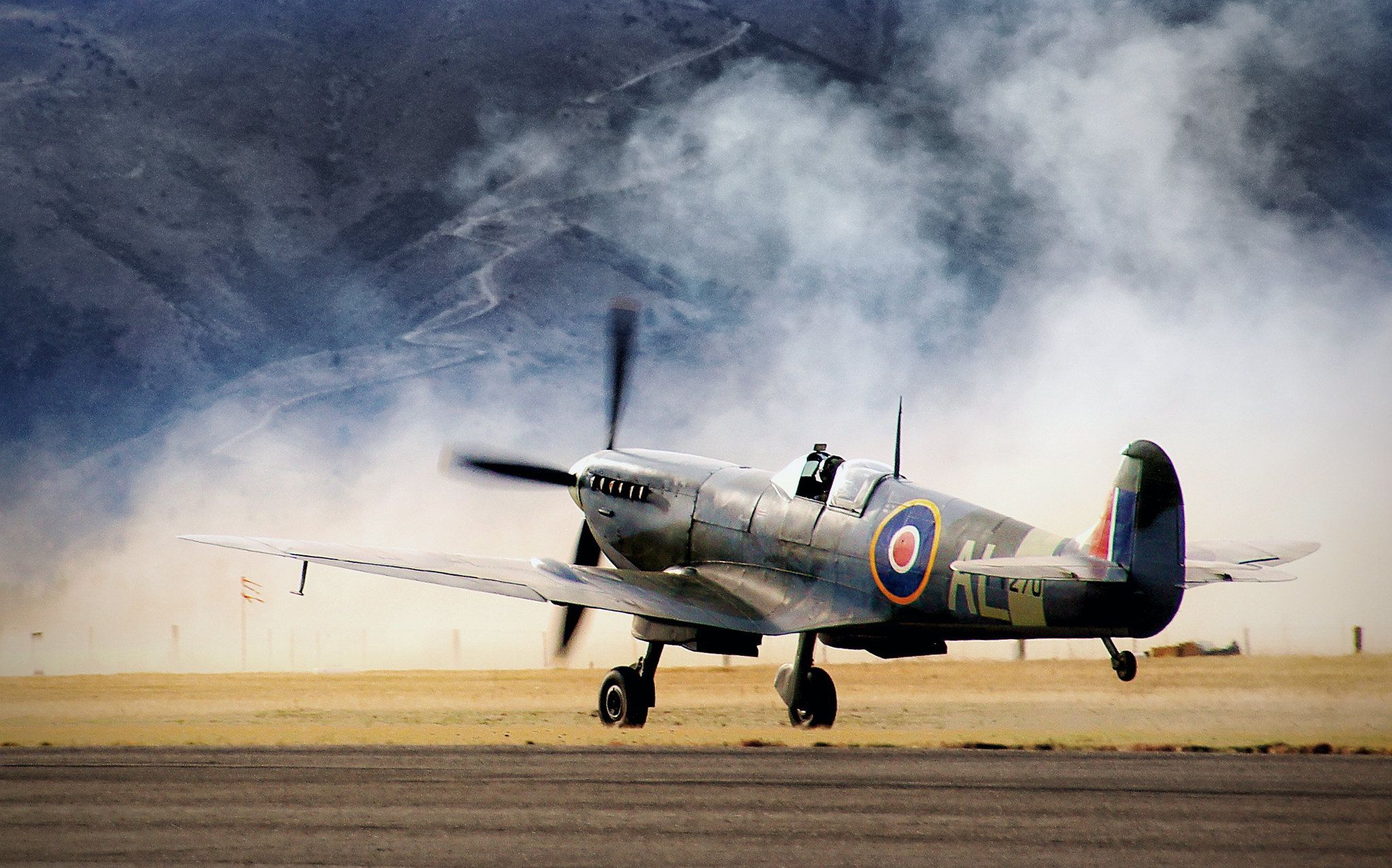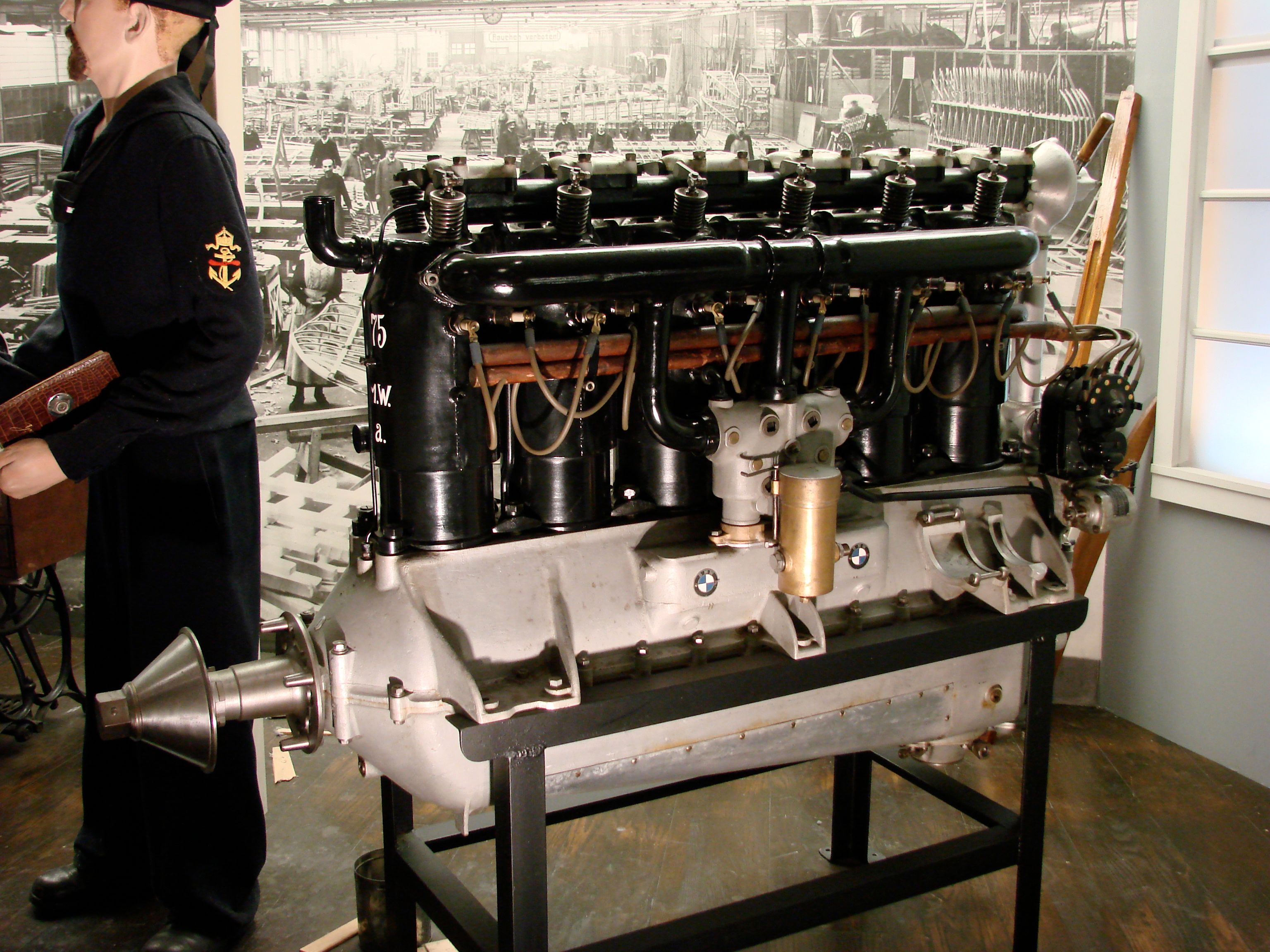Summary
- Before it became a luxury car brand, BMW was known for manufacturing aircraft engines.
- The BMW IIIa engine significantly improved the performance of the Fokker D.VII aircraft in World War I.
- The BMW 801 engine was one of the most powerful piston engines during World War II.
Today, German manufacturing giant BMW is almost exclusively known for its production of some of the most famous luxury vehicles. The engines that power the company’s latest generation of cars are undeniably impressive, but there was an era when BMW built engines for bigger and faster machines.
We are talking, of course, about BMW’s history of manufacturing aircraft engines. Before the First World War, BMW was known for building automobiles, aircraft, and aircraft engines, and was one of Germany’s true heavy industry powerhouses.
BMW’s engineering was so impressive that the Allied powers restricted the company from entering the aerospace field ever again following the war in the Treaty of Versailles. With the rise of the Nazis, BMW returned to the production of aircraft engines and did so until the fall of Hitler and the defeat of the Axis powers in Europe in 1945 before again leaving this manufacturing sector.
Nonetheless, the company’s operations within the aerospace industry were undeniably influential. In this article, we will take a closer look at BMW’s aircraft engine manufacturing history.
BMW IIIa
The story of BMW’s aircraft engine manufacturing is best told through the story of two different engines, the first of which helped Germany gain a strategic advantage against allied aircraft in World War I. The Fokker D.VII was one of Germany’s most successful aircraft during the First World War but needed more power.
The Mercedes engines that powered the biplane were proving insufficient, and they needed more horsepower to maintain the upper hand against Allied fighters. Thus, the Luftwaffe turned to a fledgling manufacturer, then known as Bayerische Flugzeugwerke AG, a company today known as BMW.
The BMW IIIa drastically improved the Fokker D.VII’s performance, increased the aircraft’s top speed from 117 to 125 miles per hour, and improved the plane’s rate of climb, according to reports from PBS. With such a capable engine from such a young manufacturer, the Allies were right to be worried and demanded that BMW never again produce aircraft powerplants in the Treaty of Versailles.
BMW 801
The rise of Hitler and the rapid remilitarization of Germany saw BMW return to the aircraft manufacturing space, and engineers quickly got to work on a new engine in the 1930s, one which would be among the most powerful piston engines of the entire war. The BMW 801, which first took to the skies in 1939, would power the Junkers Ju-88 and the Focke-Wulf Fw 190, two mainstays of the Luftwaffe, according to the National Air and Space Museum.
The engine was an incredibly robust 14-cylinder radial piston engine capable of providing nearly 1,720 horsepower. Over 61,000 BMW 801 engines were built, making the powerplant the most-built radial engine throughout the war in Germany and not far behind Allied models.

Iconic Fighter Aircraft Of World War II: Spitfires, Mustangs, and Messerschmitts
These aircraft played a pivotal role in shaping the outcome of the war
However, with the defeat of the Axis powers, the Allies would once again demand that BMW remove itself from the aerospace sector. The company’s facilities were split in half, with some sitting behind the Iron Curtain in Soviet-controlled East Germany. BMW would never build another aircraft engine again.
Credit: Source link

